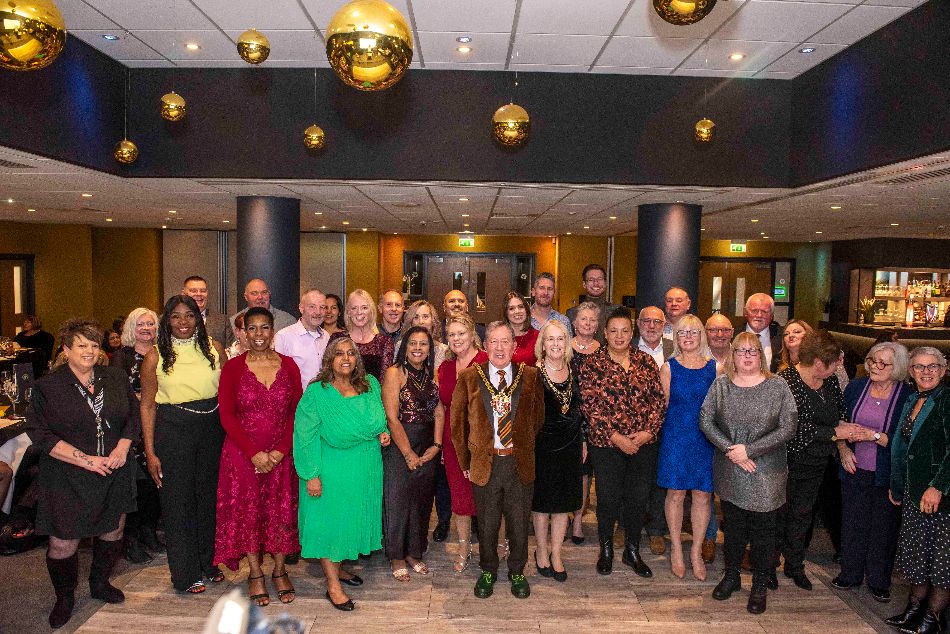Tenerife has boosted its position as one of the best locations on the planet for stargazing, with the introduction of eight new telescopes at the world-famous Teide Observatory. Introduced last month, the new telescopes will appeal to “astro-tourists” and scientists looking to unravel the mysteries of the universe.
The new, advanced solar telescopes mark the 30th anniversary of the foundation of the Institute of Astrophysics of the Canary Islands (IAC). Of the eight introduced, six are robotic telescopes from countries including the USA, Russia, Qatar and Slovakia; and two belong to the QUIJOTE (Q-U-I-Joint Tenerife), a scientific experiment involving multiple partners from Spain and the UK. The recently-launched Volcano Life Experience operates guided tours several days a week to the Teide Observatory, which is also home to GREGOR, the largest solar telescope in Europe.
Located at 2,390 metres above sea level and next to Mount Teide – Spain's highest peak at 3,718 metres – Teide Observatory is perfect for studying stars at night due to its geographical location, low-light pollution and extremely clear night skies, which are protected by laws relating to contamination levels and flight paths. The Observatory rests above the clouds in the volcanic Teide National Park, a UNESCO World Heritage Site, globally recognised as a 'Starlight Tourist Destination' by the Starlight Foundation.
The largest island in the Canaries, Tenerife offers a huge choice of 'star tourism' experiences for visitors to enjoy on their island getaway. Those with an interest in outer space can learn about the important astrophysics research carried out by the IAC at Teide Observatory by joining a guided tour to see the stars and marvel at dazzling displays. Visitors also have the opportunity to enjoy a free “open day” at the Observatory every summer, with many activities available for children. They can also tour the Planetarium at the Museum of Science and the Cosmos in La Laguna or stay overnight in a rural cottage or country hotel complete with a telescope for a private observation of the stars. Mount Teide's cable car also offers a very special 'Sunset and Stars' stargazing trip, with a dusk-time dinner served at 2,000 metres above sea level.
The Canary Islands, specifically Tenerife and La Palma, have the privilege of being among the few locations in the world that will install new telescopes of the future. The island of Tenerife also leads the EUSky Route, a pioneering project funded by the European Commission which aims to create “astrotourism” routes in the participating European countries, including Poland, Italy, Portugal, Bulgaria, Greece and Spain.
Next year, Tenerife will welcome stars of a different kind, such as Stephen Hawking and astrophysicist-musician Brian May, when it hosts the Starmus Festival – a unique celebration of science, art and music – from 27th June to 2nd July 2016. This special event is the brainchild of Dr. Garik Israelian of the IAC.
Mr. Carlos Alonso, President of the Tenerife Island Government, comments: “We are delighted to welcome eight new telescopes at Teide Observatory. Astronomy remains of great importance to Tenerife and we hope these new telescopes will encourage even more tourists and scientists to visit our island.”
















